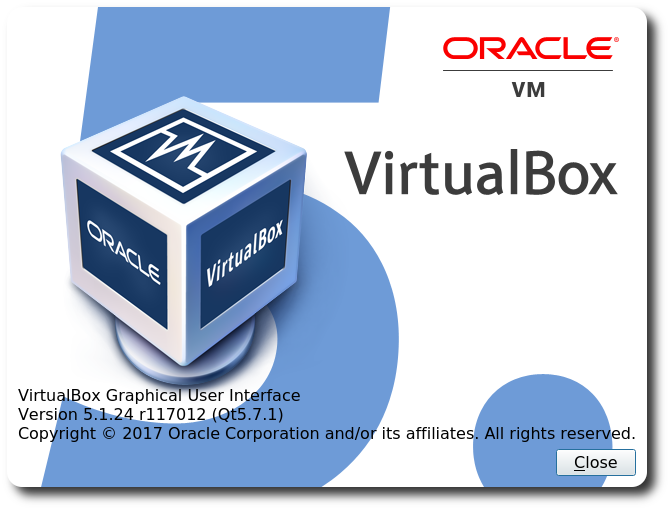


Create Virtual Switch – a Network Adapter that will allow the Virtual Machine to communicate to the world.Run Hyper-V Manager – click on search, type Hype… and click on Hype-V Manager.Finally, locate Hyper-V and click the checkbox (if it isn’t already checked)) Then, click “Turn Windows features on or off”. Enable Hyper-V (First, open Control Panel.Download ISO image for Fedora 26 (Fedora-Workstation-Live-x86_64-26-1.5.iso using Fedora Media Writer or from ).All alternative I have found do not work for me. Some of my issues: low resolution, only 4:3 aspect ratio, I cannot get out of full screen mode (that requires CTRL-ALT-BREAK and my keyboard does not have a break key. However, the result is not as good in terms of the GUI experience as I had hoped it would be. I went through the following steps to create a Hyper-V VM running Fedora 26. A good example is provided in this article: that describes how a Hyper-V virtual machine is created with Ubuntu Linux. Switching Hyper-V support on and off is fairly easy, but it does require a rebootĬreating a virtual machine is very easy. So the system at any one time can only run Virtual Box or Hyper-V (and Docker for Windows), not both. And the one finding that took longest to realize: Virtual Box will not work if Hyper-V is enabled.In order to use Hyper-V or Virtual Box, hardware virtualization must be enabled in the system’s BIOS.(Hyper-V is built into Windows as an optional feature it needs to be explicitly enabled) Hyper-V on Windows is very similar to VirtualBox

Hyper-V lets you run an operating system or computer system as a virtual machine on Windows. I do not believe though that I can run containers that expose a GUI – except through a VNC client


 0 kommentar(er)
0 kommentar(er)
